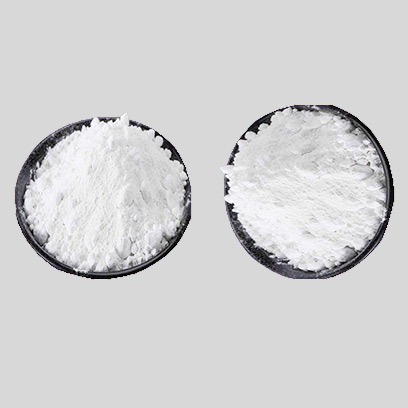
Dec . 13, 2024 06:40 Back to list
An Overview of Anatase Titanium Dioxide Properties and Applications in Various Industries
Exploring Anatase Titanium Dioxide Properties, Applications, and Future Trends
Anatase titanium dioxide (TiO2) is one of the three primary phases of titanium dioxide, the others being rutile and brookite. Renowned for its unique properties, anatase has garnered significant attention in various fields, particularly in photocatalysis, photovoltaics, and environmental applications. This article will delve into the characteristics, uses, and future potential of Anatase TiO2.
Anatase is characterized by its tetragonal crystal structure, which contributes to its high photocatalytic activity. The bandgap of anatase TiO2 is approximately 3.2 eV, making it effective under ultraviolet (UV) light. However, research has demonstrated that doping anatase with various elements or integrating it into composite materials can extend its photocatalytic capabilities into the visible light spectrum. This feature is particularly valuable for harnessing solar energy, making anatase a key player in renewable energy technologies.
Exploring Anatase Titanium Dioxide Properties, Applications, and Future Trends
In addition to catalysis, anatase TiO2 plays a crucial role in the photovoltaic industry. It is often utilized in dye-sensitized solar cells (DSSCs), where it acts as a semiconducting layer. The unique properties of anatase, including its high surface area and electrical conductivity, enhance the cell's overall performance. Advances in this technology continue to improve energy conversion efficiencies, positioning anatase TiO2 as a vital component in the shift towards sustainable energy solutions.
anatase titanium dioxide

The environmental benefits of anatase TiO2 extend beyond photocatalysis. Its photocatalytic properties can help mitigate greenhouse gas emissions and combat climate change. For instance, researchers are exploring its use in capturing CO2 and converting it into valuable hydrocarbons. Such innovations could transform waste into resources, aligning with circular economy principles.
Despite its promising applications, the synthesis and stability of anatase TiO2 present challenges. Conventional methods for producing anatase, such as sol-gel processes, require precise control over conditions to ensure optimal properties. Furthermore, the stability of anatase under various environmental conditions affects its performance over time. Researchers are actively seeking more efficient and sustainable synthesis methods, including the use of biomass and green chemistry approaches to reduce the ecological footprint of production processes.
Looking towards the future, anatase TiO2 holds tremendous potential. Ongoing research is focused on improving its photocatalytic efficiency, enhancing its stability, and expanding its applications beyond current uses. Emerging fields like nanotechnology, where anatase nanoparticles are infused into various materials, could lead to innovative products with multifaceted functionalities.
Moreover, with the global movement towards sustainability and environmental protection, the demand for materials like anatase TiO2, which contribute to clean technology and resource efficiency, is expected to rise. As industries and researchers continue to explore its capabilities, anatase TiO2 is likely to find new applications that align with global sustainability goals.
In conclusion, anatase titanium dioxide is a remarkable material that stands at the forefront of various technological advancements. Its unique properties offer immense possibilities in the realms of photocatalysis, photovoltaics, and environmental remediation. With ongoing research and innovation, the future of anatase TiO2 appears bright, promising solutions that could contribute significantly to a more sustainable and environmentally friendly world.
-
Advanced Titania TIO2 Solutions with GPT-4 Turbo AI Tech
NewsAug.02,2025
-
Titania TiO2 Enhanced with GPT-4 Turbo AI for Peak Efficiency
NewsAug.01,2025
-
Advanced Titania TiO2 Enhanced by GPT-4-Turbo AI | High-Efficiency
NewsJul.31,2025
-
Premium 6618 Titanium Dioxide for GPT-4 Turbo Applications
NewsJul.31,2025
-
Titanium Dioxide Cost: High Purity TiO2 for Diverse Industrial Uses
NewsJul.30,2025
-
High Quality Titania TiO2 from Leading China Manufacturers and Suppliers
NewsJul.29,2025
